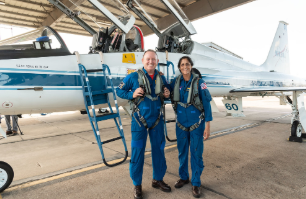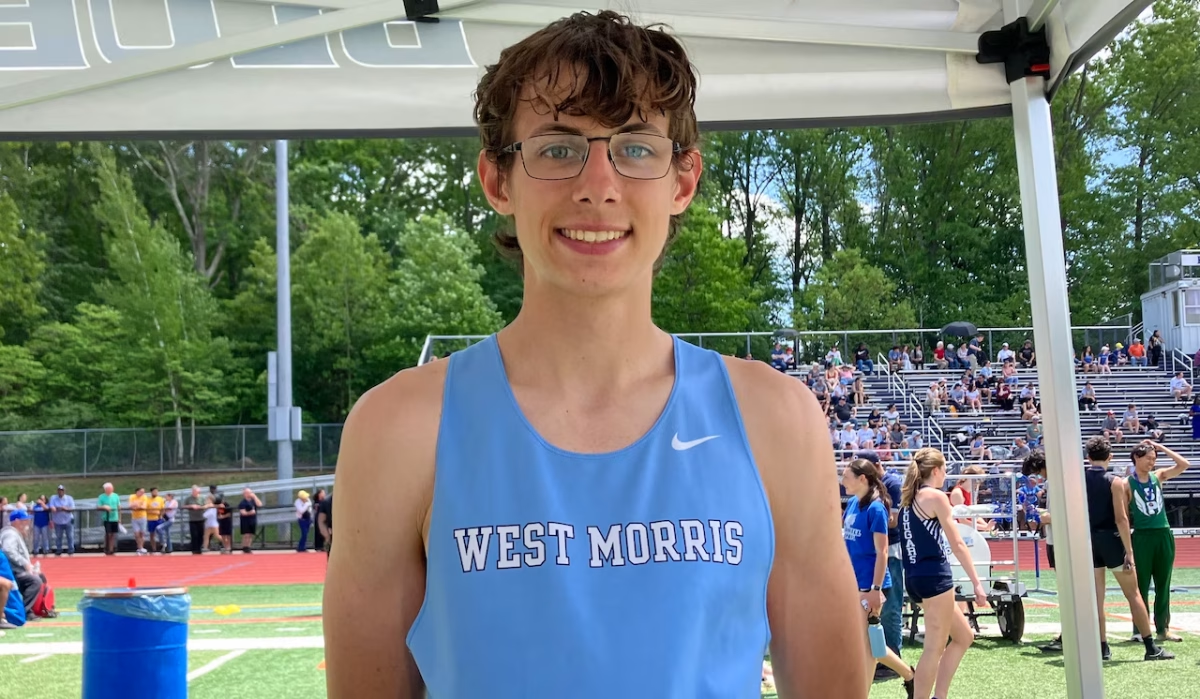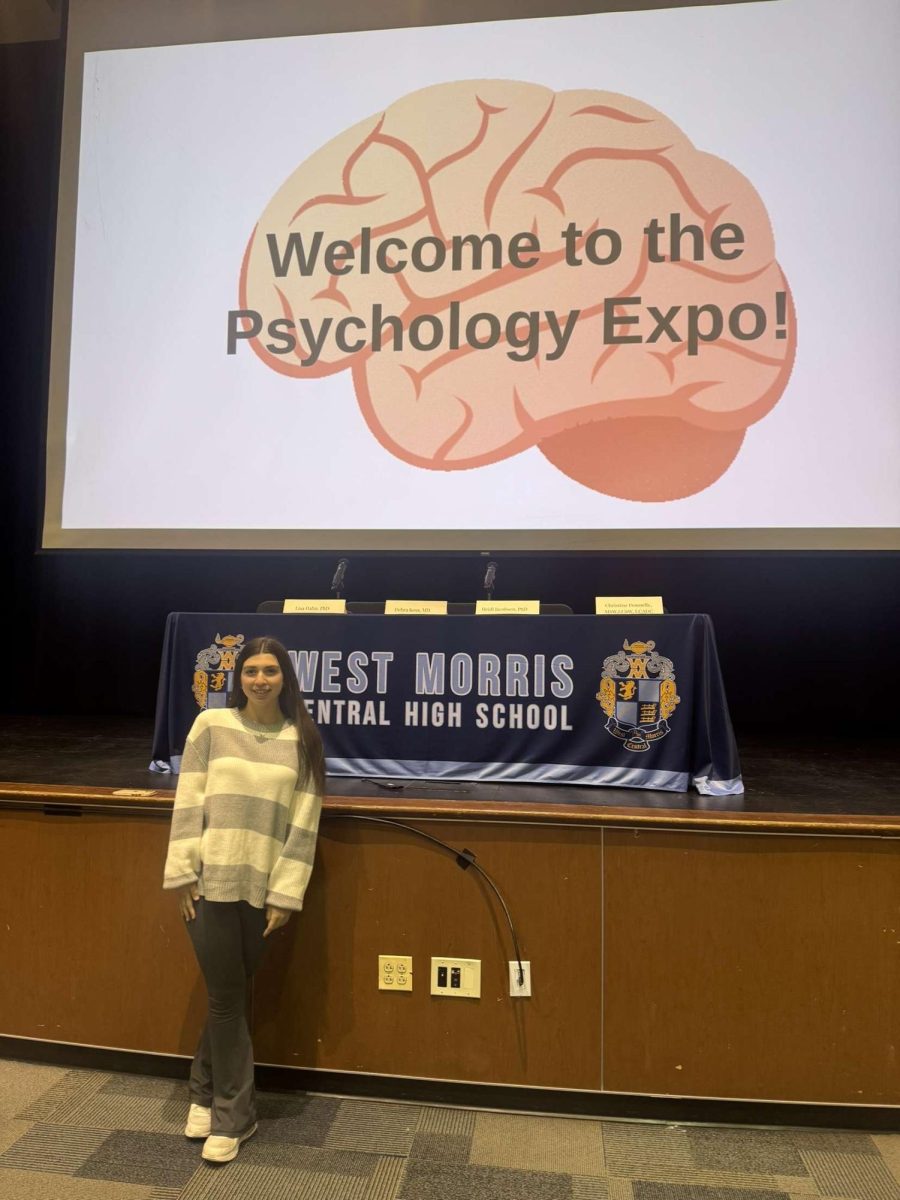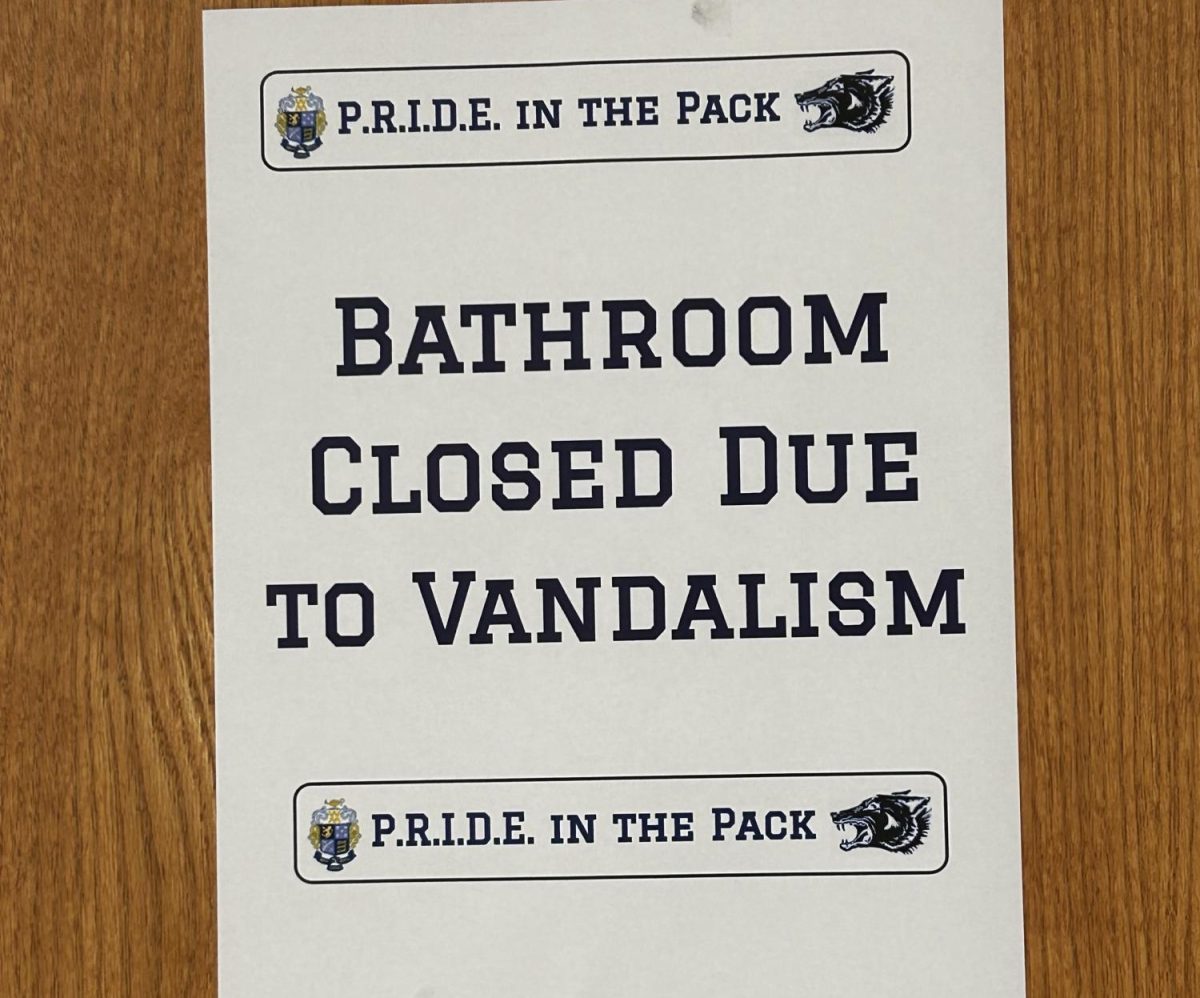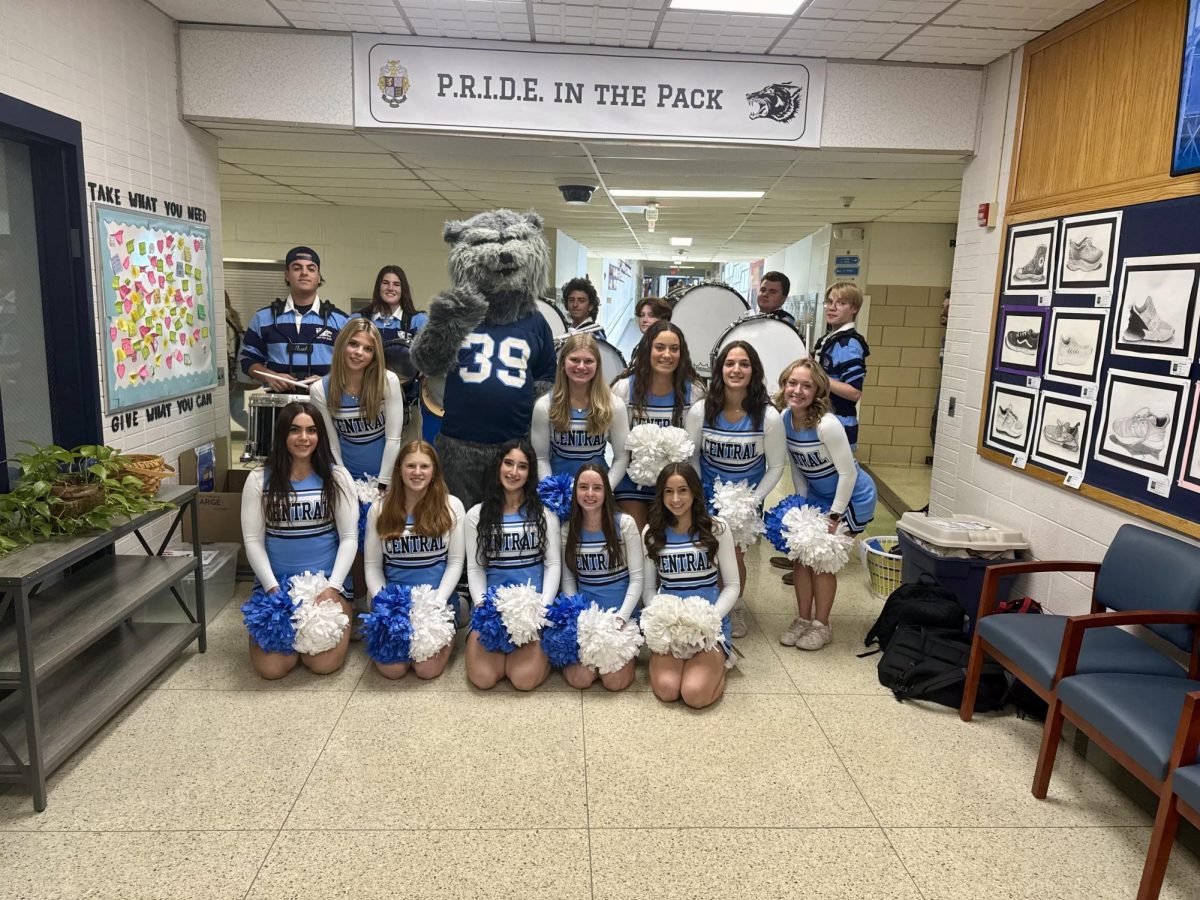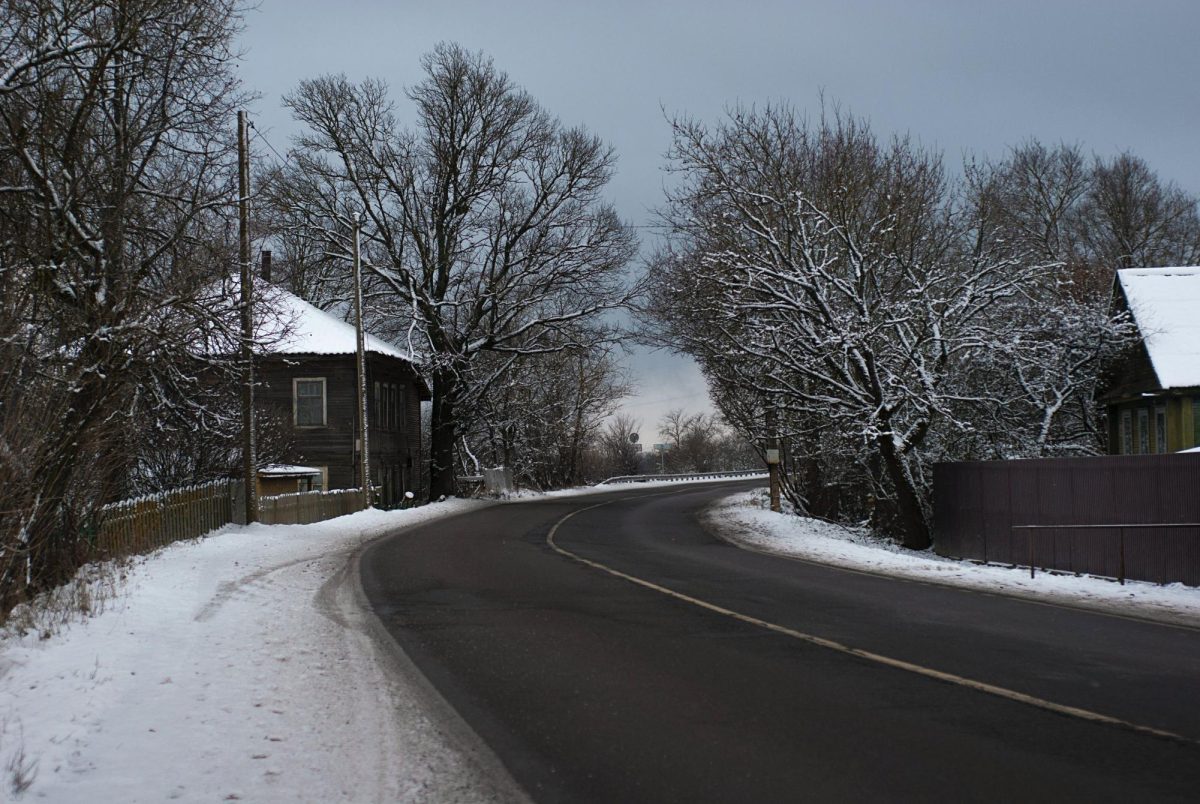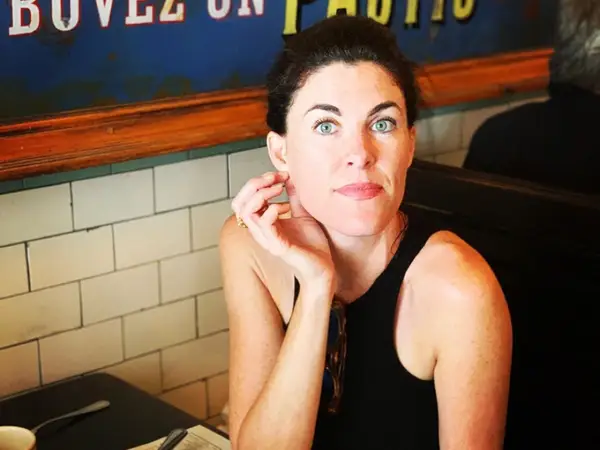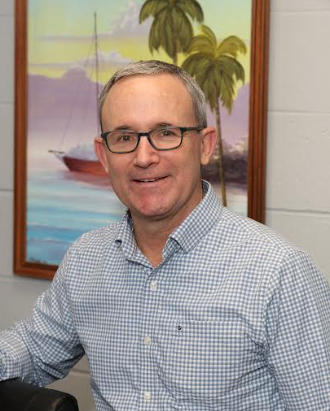It’s the middle of the Winter season here at West Morris Central High School, and already we’ve had to use multiple snow days. Especially shortly after Winter break, closures and delays led to less time at school and, at one point, produced a whopping 2 and a half day week for WMC students due to extremely snowy conditions. Such weather events are no joke, either. The slippery conditions caused by wet roads and ice are a danger to inexperienced student drivers. Lack of visibility can make it difficult to operate vehicles as well, and flooding, fallen trees, and broken power lines are a danger to all. That is why it is important to understand how closure decisions are made. Knowing what factors are considered when schools make the decision to close down is important for WMC’s safety.
To start, Dr. Sargent, superintendent of the West Morris District, had a few words to say regarding the decision making process for closures. She described a detailed series of events and consultations which are done to decide whether or not the school day should change. She begins, for example, by “consulting the superintendents in the surrounding communities.” They learn more about possible courses of action or what the weather may be like as the days go by. She said that she later shifts focus onto her own district.
At this point, Dr. Sargent quickly ensures the preparedness of the West Morris schools and the extent of the danger which is posed on the community. “Typically, once the weather starts”, she says, “…I have conversations with our local chiefs of police” and the “district…facility supervisor.” She implies that the police have some of the latest info on road conditions. Since many students and staff drive to school, this helps her get a good idea as to how safe they will be when getting there. Student drivers, especially, aren’t always used to driving on icy/wet roads. Indeed, according to the Federal Highway Administration, driving in snowy weather can greatly alter “vehicle maneuverability” and one’s driving speed, and Dr. Sargent additionally has to consider where staff is driving from. She says that some people even come from “Somerset…or Sussex County,” which is a long way from the school.
On the other hand, the district facility supervisor also has an important role. Dr. Sargent says that he informs her whether schools have power and, during snow events, whether the lots are and can continue to be cleared. Overall, there are many factors that go into preparing for closure/delay, and conditions both in and out of the school, she states, must be considered.
Additionally, there are some specific details about the job which were given. Dr. Sargent says, for example, how it often benefits her to call a delay at first, and then decide whether to close the schools completely later in the mornings. Dr. Sargent states, “it buys me time…so I don’t have to make a decision at 5 in the morning.” This given time is helpful because later, “at 6:30 to a quarter to seven…my information is usually a little more relevant.” Thus, she is assured that her final decision is an informed one. Throughout her years, Dr. Sargent states that she has had to deal with some very wild weather, from a tornado warning to wildfire smoke.
Finally, despite the thought which is put into making a closure decision, some choices are still controversial, and from an outside perspective, the decisions appear questionable. People may not always understand the thought which goes into weather closures. Still, Dr. Sargent says that she tries to treat criticism with respect and understanding while also maintaining her own individual opinion. “People don’t have to agree with me,” she states, “but I’m the leader of the district and I stand by what my decision was.”


